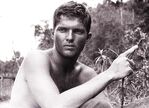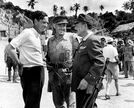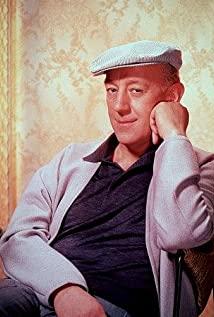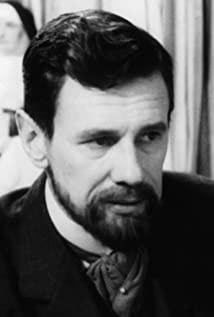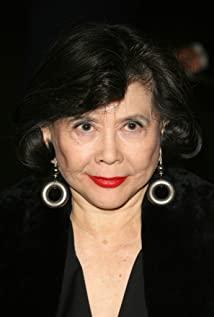Description of content: The single-line military barracks segment, the double-line Americans, and the barracks segment, the double-line bridge bombing team, and the barracks segment, double-line and extending the surrounding perspective, the team doctor sighs at the moment of the bridge bombing
Art form and personal style analysis:
The picture space with equal emphasis on narrative and modeling, natural scenery and light and shadow standing in the military posture, the aesthetic composition of the form and the expression of Balzac's image
The distortion caused by the two-to-one frame shake, the two heads approaching Josie's moving picture and the static picture of the whole chapter, aerial photography and frame-by-frame stabilization
The control of the authenticity of the details ensures the overall real atmosphere and the illusion of entering the play to enhance the character of the characters (the commander leaves standing for a long time and can't get up, is afraid of light, first sit down and then let Jin recover when the colonel fastens the button and throws off the mortar.
Continuity Clips Slowly Applied Rhythm
The large and small narrative strategies of 121 narrated from multiple perspectives within the unified timeline bypass the motif of killing Japanese soldiers by trees, gag language and serious language
A mix of temporally unified mise-en-scène and off-screen assembly of long takes and montages
Use of Psychological Soundtracks
Symbolic detail The shiny blade materializes anger and threats
Thematic and cultural philosophical analysis:
Image Contrast of West and East Culture and Colonization
The Opposition between Mission and Humanity in War The Opposition between Public and Private The Bridge Commander Japanese Commander Josie Yankee Squad and Burmese Woman Surrender Colonel Medic Attitude
View more about The Bridge on the River Kwai reviews



